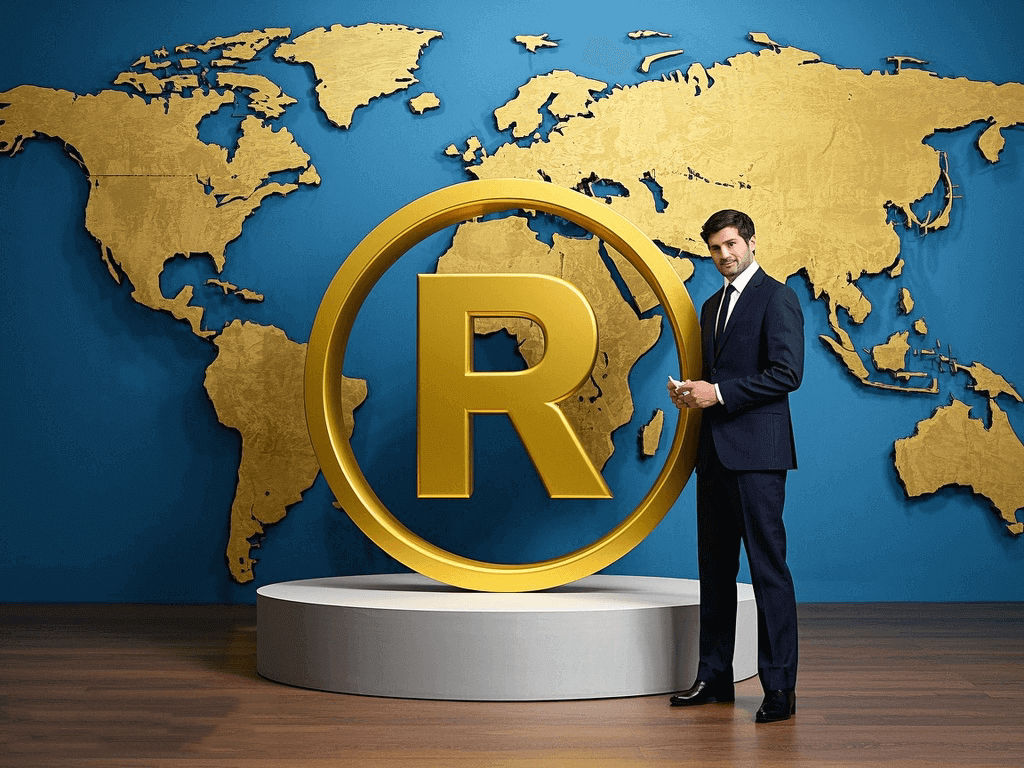Parallel Imports and the Grey Market: The Conflict and Balance Between Legitimate Imports and Trademark Protection
 Against the backdrop of globalized trade, legal disputes arising from parallel imports have become increasingly frequent. Parallel import refers to the act of legally purchasing genuine branded products in foreign markets without the trademark owner’s authorization and importing them into the domestic market for resale. Such goods are commonly referred to as grey market goods, as their distribution channels lie outside the trademark owner’s official control. This often leads to conflicts between trademark protection and the principles of free trade. This article analyzes the legal disputes surrounding this phenomenon through case studies and explores possible paths toward resolution.
Against the backdrop of globalized trade, legal disputes arising from parallel imports have become increasingly frequent. Parallel import refers to the act of legally purchasing genuine branded products in foreign markets without the trademark owner’s authorization and importing them into the domestic market for resale. Such goods are commonly referred to as grey market goods, as their distribution channels lie outside the trademark owner’s official control. This often leads to conflicts between trademark protection and the principles of free trade. This article analyzes the legal disputes surrounding this phenomenon through case studies and explores possible paths toward resolution.
I. Definition of Parallel Imports and Key Legal Issues
The defining feature of parallel imports is that the goods themselves are genuine, but their importation and sale may circumvent the trademark owner’s regional market segmentation strategy. For example, a brand might sell goods at a lower price in Country A, while distributors resell them in the higher-priced market of Country B, thereby undermining the profits of the trademark owner’s authorized channels. The legal disputes focus on two main issues:
-
The Principle of Territoriality in Trademark Rights: Trademark rights exist independently under the laws of each country, and trademark owners have the right to prohibit others from using their mark within a specific territory.
-
The Exhaustion of Rights Principle: Whether trademark rights are exhausted after the first sale of a product within the domestic market (national exhaustion) or whether they are exhausted internationally (international exhaustion), thereby permitting cross-border circulation.
Different jurisdictions’ stances on the exhaustion principle directly determine the legality of parallel imports. For example, the United States has long adhered to a policy of national exhaustion, the European Union adopts regional exhaustion, while countries such as Singapore and Japan have gradually shifted toward international exhaustion.
II. Representative Cases: Divergent Judicial Approaches
1. U.S. — L’Oréal v. eBay (2011)
French cosmetics company L’Oréal sued eBay sellers for importing genuine products from the EU into the U.S. for resale. The U.S. court, applying the Lanham Act, held that such unauthorized imports constituted trademark infringement due to potential differences in product composition or packaging, which could mislead consumers. This case reflects the U.S.’s strong tendency to protect trademark owners’ rights.
2. European Union — Dyson v. LG Electronics (2020)
The EU Court of Justice ruled that if parallel import goods differ substantially from local products—such as in after-sales services or warranty terms—the trademark owner may prohibit their sale. This decision maintains the unity of the regional market while granting rights holders a defense based on the “identical product” standard.
3. Japan — Parker Pen Case (1990)
Japan’s Supreme Court overturned previous rulings against parallel imports, holding that the international exhaustion principle better aligned with trade liberalization trends. As long as the goods were legally sourced and did not impair the trademark’s essential functions, parallel imports did not constitute infringement. This decision marked a shift toward a more open attitude toward the grey market in Japan.
III. The Root of the Conflict: A Dilemma of Competing Interests
-
From the Trademark Owner’s Perspective: Parallel imports disrupt pricing strategies, potentially damage the brand’s premium image, and the differing product quality or service levels may lead to consumer disputes.
-
From the Consumer and Free Competition Perspective: Parallel imports increase market supply, curb monopolistic pricing, and align with consumer welfare and fair competition principles.
-
Gaps in International Trade Rules: The WTO’s TRIPS Agreement leaves the exhaustion principle undefined, and disparities in national legislation further complicate cross-border disputes.
IV. Exploring Solutions to the Conflict
1. Constructing International Coordination Mechanisms
Encouraging the inclusion of exhaustion principles in free trade agreements (e.g., CPTPP, RCEP), clarifying the application of international exhaustion, and reducing legal conflicts.
2. Flexible Judicial Practices
Drawing from the EU’s “identical product” standard, allowing trademark owners to assert rights when there are material differences in product quality or services, while requiring them to bear the burden of proof to prevent abuse of rights.
3. Market-Driven Corporate Strategies
Trademark owners may reduce the economic incentives for parallel imports by offering differentiated products (such as region-specific packaging or functions), optimizing global pricing systems, or authorizing local distributors.
4. Ensuring Consumer Right to Know
Mandating that parallel importers disclose product origins and after-sales service differences, and regulating false advertising through laws such as the Anti-Unfair Competition Law.
V. Conclusion
At its core, the parallel import issue represents a contest between intellectual property protection and the values of free trade. In the context of the digital economy and deeply integrated cross-border supply chains, neither a total ban nor unchecked indulgence of the grey market offers an optimal solution. The future lies in achieving a dynamic balance among trademark owner interests, consumer rights, and free market competition through international regulatory coordination, flexible judicial rulings, and innovative corporate strategies.
For Chinese enterprises expanding globally, it is essential to assess the target country’s legal stance in advance, restrain distributors through contractual provisions, and leverage tools such as customs recordation systems to safeguard their legitimate rights.
Share this page
